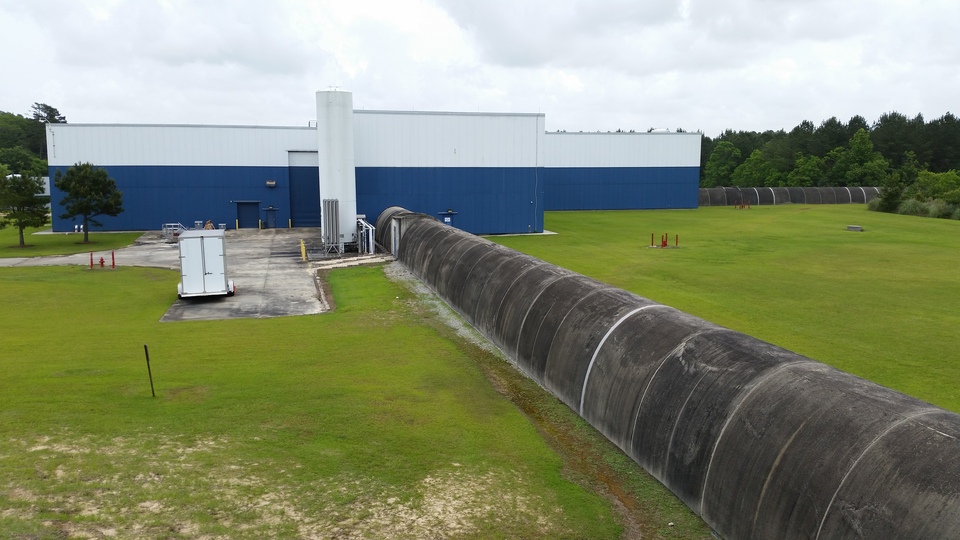
Facilities
A Nation-Wide Research Facility
The United States National Science Foundation Laser Interferometer Gravitational-wave Observatory (LIGO) laboratory comprises four facilities across the U.S.: two gravitational wave detectors (the interferometers) and two university research centers. The interferometers are situated 3,002 km (1,865 miles) apart, in Washington State (LIGO Hanford) and Louisiana (LIGO Livingston), while the two primary research centers are located at the California Institute of Technology (Caltech) in Pasadena, California, and the Massachusetts Institute of Technology (MIT) in Cambridge, Massachusetts.
LIGO Livingston's corner station. Each arm extends 4 km (2.5 mi.) from this building. (Credit: Caltech/MIT/LIGO Lab/W. Katzman)
About 40 people work full-time at each detector site in Hanford, Washington and Livingston, Louisiana, including engineers, technicians, scientists, education and public outreach staff, and administrative and business personnel.
When LIGO is in an observing mode, each detector collects its own data, which is compared in real time with that streaming from the other detector. Simultaneous operation is vital to LIGO's claims of making gravitational wave detections. It is even more important to helping localize the source of each wave on the sky. While in some exceptional instances, a single detector can claim a GW detection, the confidence in such detections is less certain than those made with both detectors, so operating two detectors is vitally important for multiple reasons. Indeed, operating in a coordinated manner was critical for LIGO's ability to claim its first ever direct detection of gravitational waves, and was even more critical to LIGO's and Virgo's detection of the first confirmed binary neutron star merger, a discovery that rewrote what we know about the origins of many heavy elements in the Periodic Table. That revolutionary discovery could never have happened without LIGO's two widely-separated instruments operating in unison and collaborating with another GW detector somewhere else in the world.
As major academic and research institutions with world-class laboratories and facilities, Caltech and MIT are the home bases for many LIGO engineers who research and test ways to improve LIGO's sensitivity and stability, and the physicists and astrophysicists who strive to understand the properties of the phenomena that generate gravitational waves. These critical tasks are ongoing and evolving as LIGO and other astronomers and scientists continue to learn about and refine our understanding of the universe.
To learn more about why LIGO needs two widely-separated detectors, visit LIGO's Dual Detectors.





